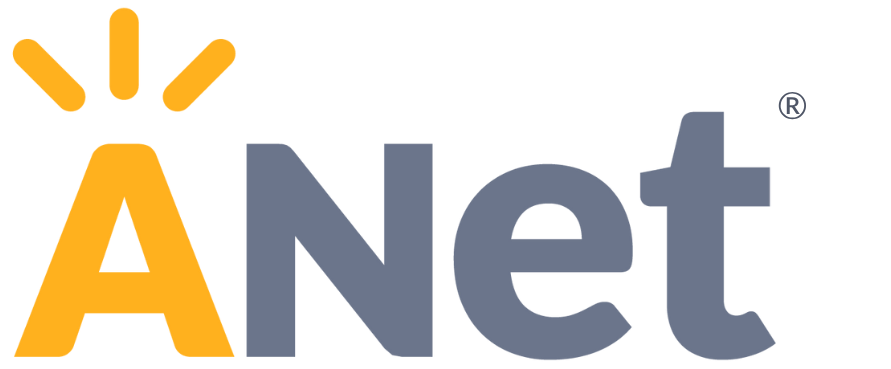Math teachers, spurred by new standards, are striving to increase the rigor of their instruction. But…what exactly is rigor?
According to the Common Core, achieving rigor requires us to teach math in a way that balances students’ conceptual understanding, their procedural skill and fluency, and their ability to apply what they know and are able to do to real-world, problem-solving situations.
But this is easier said than done, especially when most of us learned math through a less balanced approach that favored rules and tricks over deep understanding. In light of the Common Core, many teachers have found it necessary to expand their instructional practices to support student learning across all three aspects of rigor.
| Conceptual Understanding |
Procedural Skill/Fluency | Application |
|---|---|---|
| Understand Reason Explain Interpret |
Fluency Count Read/Write Evaluate |
Word problems Real-world scenarios Multi-step problems |
The language of the standards helps us identify which aspect of rigor is being targeted, as shown in this chart. Once you understand that, you can identify the most effective instructional practices to employ. Different standards demand different ways of learning math—conceptual, procedural, or application—and that means our teaching needs to adapt to meet those demands, too.
“Different standards demand different ways of learning math—conceptually, procedurally, or application-based—and that means our teaching needs to adapt to meet those demands, too. ”
Sound tricky? We created this guide to help spark ideas for how to structure your instructional approach based on the aspect of rigor. The guide might also come in handy if you discover that material didn’t quite “click” for students the first time around—it might help you re-think your approach or choose a different strategy to engage students with the same math topics in a future lesson.
We’ve spent decades learning from thousands of leaders and teachers across the country about the things that make a big difference for schools. Now, we want to give you the opportunity to do the same. We’ve organized these Lessons From the Field by different areas of focus—everything from harnessing the power of formative assessments to fostering a culture of adult learning.
This blog was written by Sarah Tierney, a former director of new partnerships and coach at ANet.
